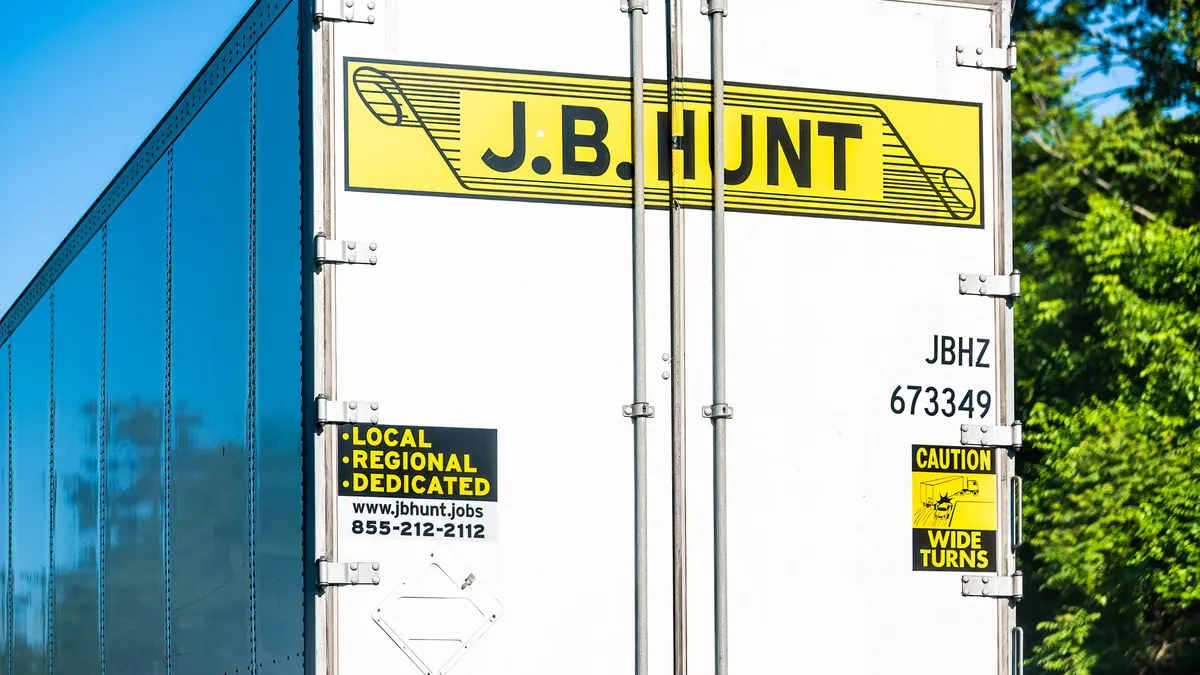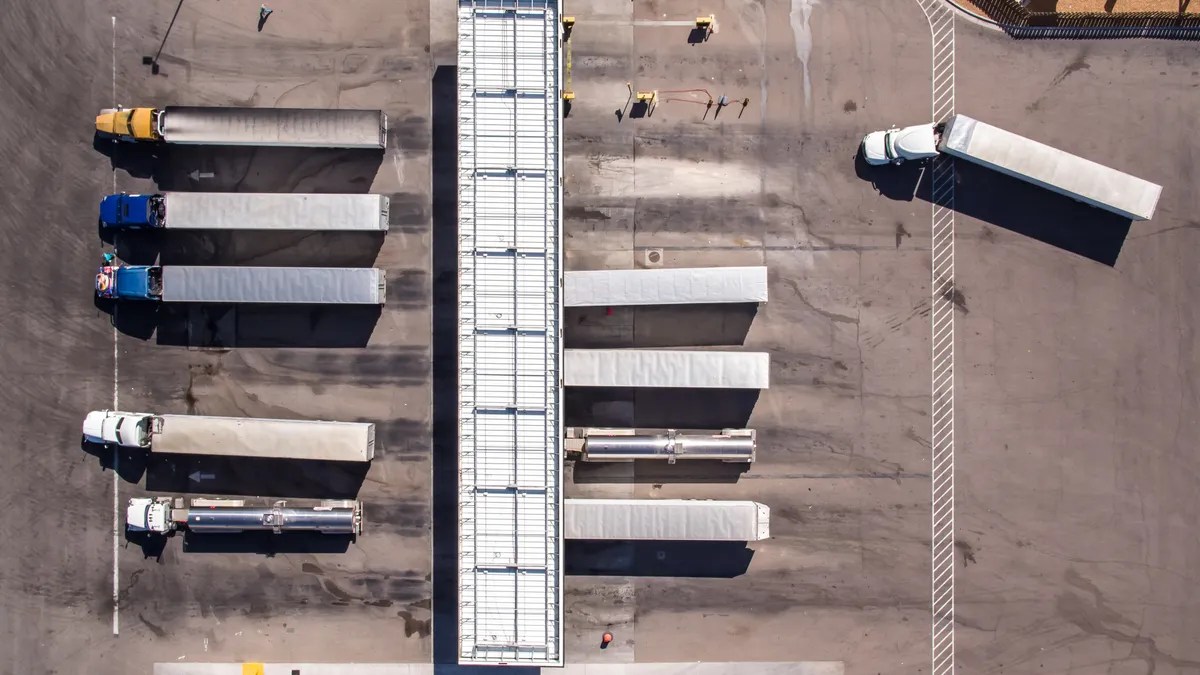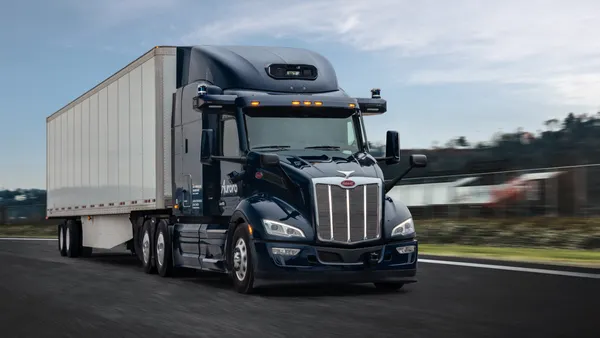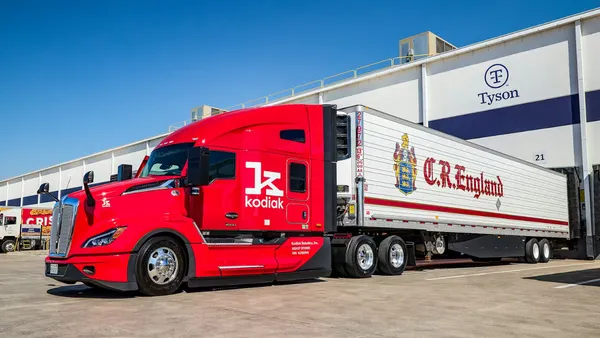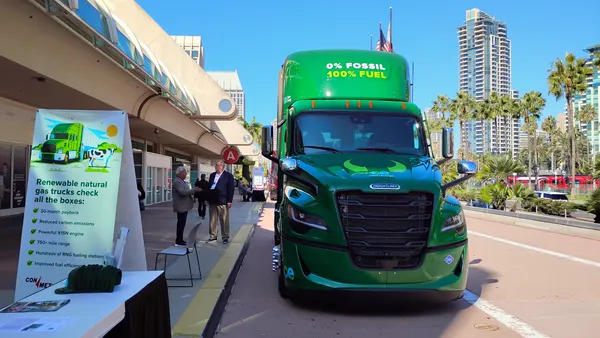A nearly two-year stagnant freight market has seen carriers exit the industry, though many have persevered by leveraging resources and staying flexible.
After 20 years in the trucking business, Moscoso Express is showing no signs of slowing, but company President Elizabeth Moscoso will quickly point out the trip hasn’t always been smooth.
Moscoso said the company has adopted technology to manage business expenses and finds loads to keep drivers working. She also monitors trends, which allows her to spot short-term, high demand jobs.
“There’s a lot of conferences going on right now,” Moscoso said during a panel at the Inland Distribution Conference in Chicago earlier this month. These jobs are perfect for trucks equipped with liftgates.
The trucking carrier also focused on shippers eager to fill warehouses ahead of the peak season rush, she said.
After experiencing pendulum swings in the freight market, networking with other small carriers provided a vast knowledge pool to learn and share business ideas, she said.
“By understanding and having a diverse client base, we are able to have contracts that give us daily links as well as spot quotes that come in,” Moscoso said. Ensuring a steady pipeline of work is part of the daily grind for small carriers like Chicago-area based Moscoso Express, but it’s a challenge welcomed by the carrier’s president.
Carriers who have weathered the down freight cycle learned to manage their businesses, Moscoso said, adding that it’s about understanding what impacts the bottom line and retaining clients.
But part of business viability also is knowing where to find work and build a client base, according to Damien Hutchins, head of safety and compliance with CloudTrucks and long-time trucking industry executive.
He said in a previous role, growing a client list began through establishing a relationship with one carrier and one shipper. Through securing loads of finished paper products, Hutchins said this led to hauling for paper company suppliers, then waste and by-products of paper production.
Before he knew it, Hutchins said he built a diverse customer base by working in a single-lane niche, he said.
“When we went to get the raw materials, we learned about those raw materials,” Hutchins said. Developing an understanding of one industry led to more hauling opportunities, which built his company into a paper segment carrier handling an assortment of loads.
Dean Croke, principal analyst with DAT Freight & Analytics, lauded the strategy described by Hutchins during the conference, noting that small carriers are the backbone of the trucking industry, often taking loads passed up by larger haulers.
“They carry this country, one load at a time, whether it be a dirt hauler around Chicago … [or] a dray carrier running from here to Green Bay,” said Croke, who maintains a CDL and owns a 2003 Peterbilt 379 show truck. “They do the things that most people don’t want to do and they do it without complaining most of the time.”
Correction: An earlier version of this story misnamed a panelist in the header image. The moderator on the right is Adam Wingfield.




